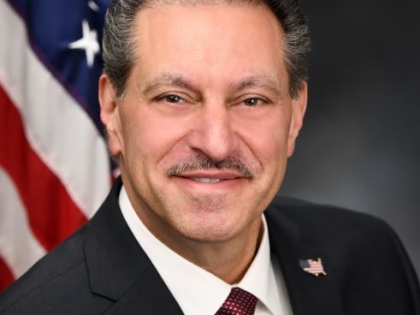
Addabbo Reminds Constituents Mandatory Electronic Drug Prescribing Law Goes Into Effect March 27
March 24, 2016
-
ISSUE:
- Health
- Prescription drugs
Howard Beach, NY (March 24, 2016) In an effort to curb dangerous opioid drug abuse in New York State, a new law eliminating paper prescriptions and requiring physicians to order patient medications from pharmacies through direct electronic means is going into effect on Sunday, March 27, according to NYS Senator Joseph P. Addabbo, Jr.
“This new e-prescribing requirement was included as part of a broader I-STOP law enacted several years ago to fight back against opioid abuse and better track prescriptions written for oxycontin and other strong narcotics,” said Addabbo. “As a result, all prescriptions in New York State must now be transmitted electronically directly to pharmacies to be filled. The hope is that the law will reduce the number of stolen or fraudulent prescriptions, which is dangerous and extremely costly to the state, combat prescription drug addiction and otherwise save lives that are now being lost to abuse.”
Except under the most limited of circumstances, prescribers will no longer be able to issue written prescriptions or call in medications to pharmacies for their patients. During disasters and technological or electrical failures, written prescriptions using Official New York State Prescription forms may be used.
“I have heard from some of my concerned constituents that this new procedure will make it more difficult for them to comparison shop for the lowest drug prices, and I am looking into this issue further,” said Addabbo. “However, for patients who have access to the Internet and who know what drugs their physician is prescribing for them, they should be able to check the prices online and then tell their doctor where to send the e-prescription.”
Addabbo noted that there are a number of online drug price comparison websites New Yorkers can utilize, including the site maintained by the NYS Department of Health, https://apps.health.ny.gov/pdpw/SearchDrugs/Home.action.
“The site enables people who want to find the lowest local prescription drug prices to enter information about their medications and search by zip code,” he noted. “The information on this site is provided by the New York State Board of Pharmacy and includes data about the 150 most frequently prescribed drugs.”
Although the law is only going into full effect on March 27, after being delayed an extra year for implementation, more than 60,000 prescribers are already e-prescribing and registering their certified software with the State Department of Health. According to state statistics, the I-STOP law has led to a 90 percent drop in the number of “doctor shoppers” who have fraudulently attempted to obtain and fill multiple prescriptions for opioid and other strictly controlled medications, many of which are then sold on the street, contributing to drug addiction.
“For many individuals, e-prescribing is not new,” Addabbo said. “But for those who are accustomed to paper prescriptions, I want to make them aware of the new system and that I will continue to monitor its effect on consumers.”
Constituents with questions about the new e-prescribing law can access a publication explaining its requirements at http://www.health.ny.gov/publications/1098.pdf.